Review: Sony Xperia ZL
May 29, 2013, 5:57 PM by Eric M. Zeman
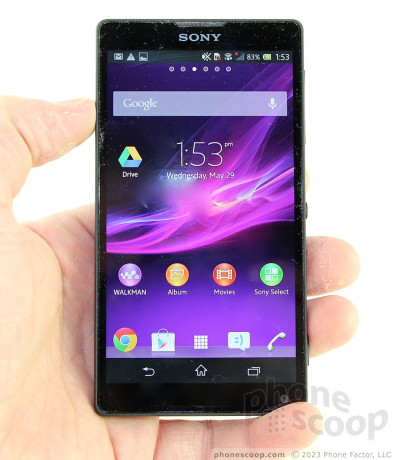
Phone Scoop takes an in-depth look at the Xperia ZL, which is the latest Android smartphone being sold by Sony in the U.S. See which features stand out and which fall flat in this full review.
Form
Is It Your Type
Cincinnati Bell is the only carrier selling the Sony Xperia ZL, but it is also available unlocked directly from Sony. This top-level Android smartphone offers a ton of features, but you're going to have to pay to get them.
Body
The Xperia ZL is a variant of the Xperia Z. It is slightly smaller and loses the Z's cutting-edge design, but still includes the same advanced features. The ZL is a sizable black slab that is a small step up from last year's TL in terms of overall appearance, quality, and feel.
The front face on our unit is pitch black. Only the Sony logo is visible on the front of the ZL when the screen is off; you can't even see the outline of the display itself. (An available white version has a white bezel.) Each of the four side edges has a smooth, reflective black strip, and the back surface is both patterned and matte black (it also comes in white and red, which have different colored strips along the side). I find the ZL to be a bit plain looking, but it certainly isn't unattractive. At worst, it is another unremarkable black smartphone that might struggle to stand out in the crowded smartphone market. The red version stands out for obvious reasons.
Measuring 2.7 inches across, the phone is fairly wide. Also, at 9.99 mm thick, it comes across as rather chunky when you consider that the Samsung Galaxy S 4 measures 7.9 mm thick and the HTC One measures 9.3 mm thick. It would help if the ZL had a back surface that tapered gradually toward the edges, but it doesn't; the full 9.9mm thickness runs almost side-to-side and top-to-bottom. There's also a sharp rim that runs along the outer edge of the display. The rim serves to protect the screen from scratches, but it's so sharp as to be uncomfortable against your skin. The width, thickness, and sharp rim together work against the ZL. Last, Sony could have used a slightly better piece of plastic for the ZL's back surface. It's not the worst, but it's not the best, either. The phone will fit into pockets, but the sharp corners, large footprint, and matte back surface all make it difficult to retrieve from tight jeans.
The ZL doesn't use any hardware controls on the front. Instead, the Back, Home, and Multitasking buttons appear on the screen and come and go as needed. The micro-USB port is found on the left side, positioned very close to the top. The stereo headphone jack is on the top surface.
All of the rest of the controls are on the right edge. With the TL, Sony placed the volume toggle, screen lock button, and camera button perilously close to one another. Sony resolved that issue with the ZL. The volume toggle is perched closest to the top. It is quite easy to find and offers decent travel and feedback. There's no way you'll miss the screen lock button. It is a reflective silver color, round, and protrudes significantly from the side surface of the ZL. It is positioned smack in the middle of the side edge and the button offers acceptable travel and feedback. However, I found myself accidentally turning the ZL's screen on or off when gripping the phone in my hand due to the odd placement. The dual-stage camera button is about where you'd expect to find it, closest to the bottom edge of the ZL. Both stages have great definition.
The ZL's back cover is not removable, so you won't be able to swap or replace the battery. There's a small, rectangular hatch positioned close to the bottom. The slots for the micro SIM card and microSD card are found under the hatch. The hatch is flimsy, loose, and doesn't fit as snugly as I'd like it to. The thin plastic tether that keeps the hatch attached to the ZL also gives me worry. It feels like it may be easily snapped.
Despite my complaints here, the ZL is an improvement over other handsets Sony has made available to American buyers in recent years.
Performance
Screen
One of the ZL's defining features is its display. The screen measures 5 inches across the diagonal and runs 1920 x 1080 pixels, making it a full HD display. It uses Sony's Mobile Bravia Engine to enhance clarity, (though this mostly pertains to photo and video playback.) The result is a rich display that offers incredible pixel density and razor-sharp details. Colors look vibrant and often pop off the screen. When set all the way up, brightness is impressive, but I found the viewing angles weren't all that great. There's a noticeable blue shift if you tilt the ZL to either side.
Signal
We reviewed an unlocked version of the ZL that's not optimized for any U.S. network in particular, though it supports the HSPA+ and LTE networks run by both AT&T and T-Mobile USA. We tested it on AT&T's network.
The ZL ran quite well on AT&T's network. I had no trouble connecting to either HSPA+ or LTE in areas where they are offered. The ZL handed off between HSPA+ and LTE seamlessly. The ZL connected all calls on the first dial, didn't drop any calls, and didn't miss any calls. Data sessions (in terms of speed and reliability) were on par with other LTE devices sold by AT&T.
Sound
I was not impressed with the ZL's call quality. I made several dozen calls with the device over the holiday weekend, and they all exhibited a nasty background hiss that I found very distracting. In addition to the hiss, the earpiece does not produce enough volume for calls to be heard in moderately noisy spaces, let alone loud ones. I had trouble hearing calls in a room with a TV and at a house party, even though I had the volume set all the way up. Walking around my town on a windy day also left me struggling to hear calls. The ZL includes an equalizer for the phone app, but it didn't have any noticeable impact on the sound that I could hear. Those with whom I spoke said I sounded OK, but a little scratchy.
The speakerphone offers the same poor call quality and volume problems. It's simply not loud enough for calls unless you're in a dead quiet space. Setting the ZL down on a hard surface helps a little bit, but not much. The ringer alerts were OK, but (again) not great. I missed several calls because I couldn't hear the ZL ringing from several rooms away. The vibrate alert, however, was quite strong.
Battery
In general, the ZL's battery did a good job. I was able to get a day's life out of it, on average. It lasted more than a day with light use, but a bit less than a day with heavy use (mostly lots of video capture). The ZL offers plenty of tools to help manage battery life, too. For example, it includes Sony's Stamina Mode, which turns off the data radio whenever the screen is off. There's also a Low Battery mode that automatically turns off a customizable set of features (brightness, vibrate, Wi-Fi, GPS, Bluetooth, sync, mobile data) when the power level drops below 30%. With these tools, I have no doubt most users will be able to get a full day of solid use out of the ZL.
Basics
Menus
The Sony Xperia ZL ships with Android 4.1 Jelly Bean and Sony's user interface customizations. (One advantage of buying an unlocked phone direct from the manufacturer is relief from carrier customizations and software.)
Let's start with the lock screen. There are two shortcuts: one for the camera, and one for the music player. The camera one is a wasted, if you ask me, since a long press of the physical camera button launches the camera when the phone is locked. You can't customize the lock screen at all. Oh well. You can also access the notification tray from the lock screen, but not if you've enabled a security code.
There are five home screen panels for customization. The ZL includes plenty of widgets, apps, and shortcuts with which to fill the various screens. I like that the main app menu lets you view apps alphabetically, by most recently used, by the order in which they were downloaded, as well as user-arranged order. It's also fairly easy to uninstall apps from the main app menu, as well as share them via social networks. The settings tools function just as on other Android devices, as does the notification tray.
Sony carried over its Xperia Small Apps feature to the ZL. When you press the multitasking button, the recent apps you've used appear as normal in a vertical column. However, a little strip of apps also appears along the bottom of the screen. The Xperia Small Apps, as they are called, include a calculator, note app, clock app, and voice memo app. These aren't shortcuts to full-fledged apps. They are miniature apps that pop up as a window on the multitasking screen. They are only accessible from the multitasking screen.
The ZL has a 1.5GHz dual-core Qualcomm Snapdragon S4 Pro processor. It provided more than enough motivation for the ZL's software, apps, and user interface. The ZL has no problem operating smoothly.
Calls and Contacts
The phone and contact applications have been spruced up with a new look from Sony, but are functionally identical to the stock tools offered by Android 4.1. The phone app includes the expected features such as mute, hold, speakerphone, and add a line; and the contacts app syncs flawlessly with your Google, Google+, Exchange, and Facebook contact databases. There are only a couple of widgets and/or shortcuts for adding contacts to the home screen.
Messaging
The ZL has the expected set of Android communications tools, including Gmail, email, Google+, Google+ Messenger, Hangouts (formerly Google Talk), and SMS. These apps function fine, just as they do on other devices. The new Hangouts app is fairly robust and ties into Google+ for video chats.
One thing of note: Sony's TimeScape app is gone. In its place is SocialLife.
SocialLife is more like HTC's BlinkFeed than anything else. It's a socialized reader app that pulls in your Facebook, Twitter, and YouTube content, and runs it in a stream that's also interspersed with news items. You can customize the news that appears, and use SocialLife to interact with your social networks, as well as share the content that appears in the feed. It performs much better than TimeScape did, but it loses some of the visual flair. It you're the type who likes to manage your feeds in a social way from a single user interface, SocialLife does a pretty good job of it (it also has some decent widgets that accompany the app, too). SocialLife stops short of offering all the messaging features found in the dedicated Facebook, Twitter, and YouTube apps, however.
Extras
Media
The ZL has a handful of media options on board, but there are some notable omissions.
First, Sony reskinned the stock Android music and video player apps. They both offer basic playback functionality of sideloaded music and videos, but look nicer than the stock apps. The Google Play Music and Google Play Movies content stores are both on board for your music and movie purchasing/renting needs. These are the same apps found on most Android devices. The Sony Walkman app is the most feature-rich music player available on the ZL and surpasses the Google Play Music app in terms of usability and cool tools. I like the way it arranges playlists and albums, and it has a nice visual look and feel. It does not have its own store, but it played everything I sideloaded (songs purchased from Amazon, Apple, and Google) without issue. It has a great equalizer for customizing the sound.
Sony's Music Unlimited and Videos Unlimited services are both missing in action, but the ZL has an FM radio and TrackID, which can be used to identify songs. The ZL also has an app called Smart Connect that uses DLNA to connect it to other DLNA-certified devices for playing media content. The app works really well and I had no trouble pairing the ZL with my TV sets, for example.
Speaking of TVs, the ZL is the latest high-end smartphone to include an infrared transmitter and Remote Control application. The app walks you through the process of pairing with your television set (or cable box, DVD player, etc.) and it takes only a moment or so. Once the setup process is complete, the ZL can be used to power devices on/off, change the channel, adjust the volume, and so on. You can use the remote app to interact with the guide on your TV (the one provided by Comcast, Verizon, et al.), but the app doesn't offer a guide or video content discovery service of its own.
Camera
Sony has taken pains to stuff as many features as possible into the camera of its latest smartphones, and the ZL benefits from Sony's efforts.
The camera operates well. A long press of the physical camera button — even when the screen is locked — will open the camera. The viewfinder leaves plenty of room for composing images and the tools for adjusting the settings are floating along the left edge.
It offers panorama and macro modes for taking wide vistas or close-ups. It can detect smiles, and can make various different shutter sounds. I like that the flash has four settings, including fill-flash. Fill-flash helps take photos when you have a light background and a dark foreground and you want to make the foreground pop a little bit (it uses a lower-power burst than the normal flash mode.)
The camera also has a bunch of different shooting modes. The default is called Superior Auto. It's good at detecting scenes and then adjusting the settings to match those scenes. The ZL can also be put into normal shooting mode, video camera-only mode, and burst shot mode. Users can also choose to add picture effects while capturing images/video, and of course switch to the front camera/video camera. The shooting modes are easily accessed through a large icon that appears in the upper-left corner of the display. When pressed, it shoots a strip of options across the screen.
Everything about the camera is fast. It opens quickly, focuses quickly, and shoots/saves images quickly.
Photos
The camera has 12 megapixels to work with and left me impressed with the results.
In particular, focus was always sharp, producing clean, clear images. White balance was nearly always accurate, and the ZL did a great job with exposure. I was particularly impressed with how the ZL used the flash to compensate (but not over-compensate) for poor lighting conditions. Colors look really good. In sum, it is easy to say that the ZL produced better results than I've seen on other cameras of late, including the Galaxy S 4 and HTC One.
Video
Similarly, the ZL's video camera did a great job of capturing HD video. I was impressed with the clarity, white balance, and exposure. In particular, the ZL's video does well in low-light situations. Video captured with the ZL is certainly YouTube worthy, and looks great on an HDTV.
Gallery
The ZL carries over the same cool gallery app that was on the Sony TL. Basically, the grid of thumbnails in the main gallery view can be expanded and reshaped by using pinch-to-zoom gestures. By default, one thumbnail (the most recent image) is somewhat larger than the others. Grab that and do a reverse pinch gesture and it will grow to fill the screen. The other thumbnails will also grow. You can use this gesture to make all the thumbnails visible at the same time, or as few as three visible at a time. It makes dealing with the gallery more fun.
Otherwise, it has all the tools you expect to find in the Android 4.1 smartphone gallery app. Individual photos and albums can be easily shared with others via messaging apps or social networks. Photos can also be cropped and rotated, as well as adjusted for exposure, etc.
Apps
There are 50 apps preinstalled on the ZL, which is a lot for a phone that doesn't have any carrier-branded services. Many of Sony's apps, such as WalkMan and Update Center, duplicate functions that are already baked into the Android platform. It is worth mentioning two other Sony apps: Sony Select, and PlayNow. Sony Select is an app recommendation tool that works similar to the Samsung Hub on Galaxy devices. It offers a selection of apps and games that Sony thinks you'll enjoy. PlayNow is a focused on media, and can be used to play online games, share photos, and listen to music.
Bluetooth
I found that the ZL's Bluetooth radio worked well. It gave me no trouble connecting to headsets or other devices. Calls routed through my car's hands-free system sounded pretty bland, but music sent to stereo Bluetooth headsets was clear and lively.
Browser
The ZL includes Google's Chrome browser. It does good job of rendering web sites quickly on the ZL's display and it interacted well with AT&T's HSPA+ and LTE networks. The ZL delivered a solid web browsing experience. Chrome can be used to sync browsing history and bookmarks with the desktop version of Chrome. There are plenty of alternative browsers available in the Google Play Store should Chrome not suffice for you.
Clock
The lock screen clock is a thin, white, digital clock that's positioned at the top of the display. It can be hard to see and isn't customizable. There are a number of clock widgets for the home screens, but the time is almost always displayed in the status bar at the top.
GPS
The ZL includes Google Maps and WisePilot for Xperia. Google Maps is a known entity. WisePilot is a version of TeleNav's app that's been customized for Sony. It uses large icons and simple tools to look up directions, view maps, and perform local searches. It requires a monthly payment of $10 to Sony, however.
In terms of the GPS radio itself, the ZL functioned flawlessly in that regard. It found me in 10 seconds or less, and was accurate to within about 25 feet. The combination of the ZL's processor, network connection, and Google Maps worked well for live navigation.
Wrap-Up
The Sony ZL is a good phone, but it is a tough phone to recommend. I wish the hardware were a little bit better, but it's an improvement over Sony's earlier efforts just the same. The dazzling screen certainly impresses, and the ZL was great at connecting to AT&T's network. It's too bad call quality was a bit miserable and battery life was only average.
The real selling point of the ZL is the camera, with which I was very impressed. Not only does the software work well, but the results are excellent. Throw in Sony's solid WalkMan player and good living room apps, and you have a solid entertainment device in the ZL.
The ZL's biggest problem, however, is its availability. Cincinnati Bell is the only carrier offering the device with service. That's great if you live in southwestern Ohio. If you want to use the ZL on AT&T or T-Mobile's networks, you'll have to purchase it directly from Sony for the full retail price of $629.99. (That's about the same cost as most unlocked phones these days.) For my money, the GS4 and One offer better hardware and software, but don't do as well with the camera. For many, choosing the ZL may boil down to manufacturer or platform preference.
Comments
Time to look over your review and make corrections


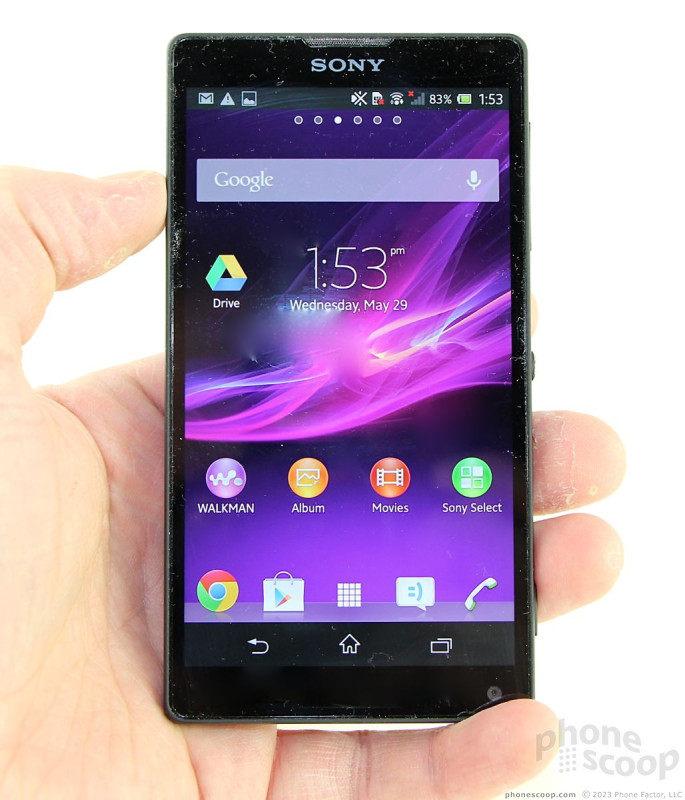
















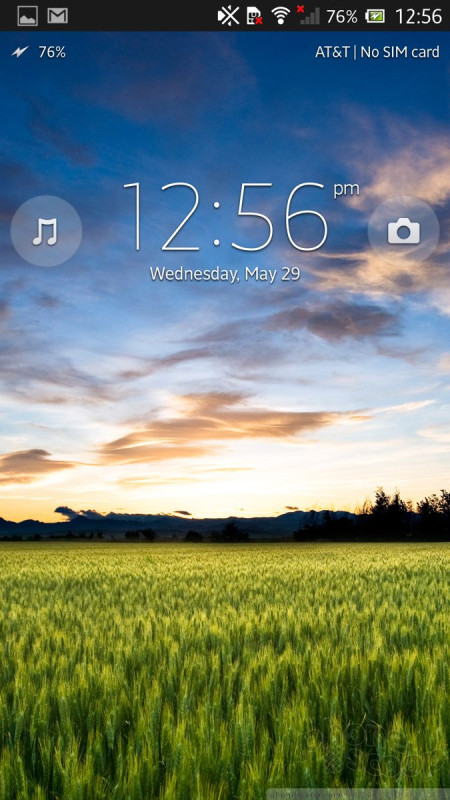






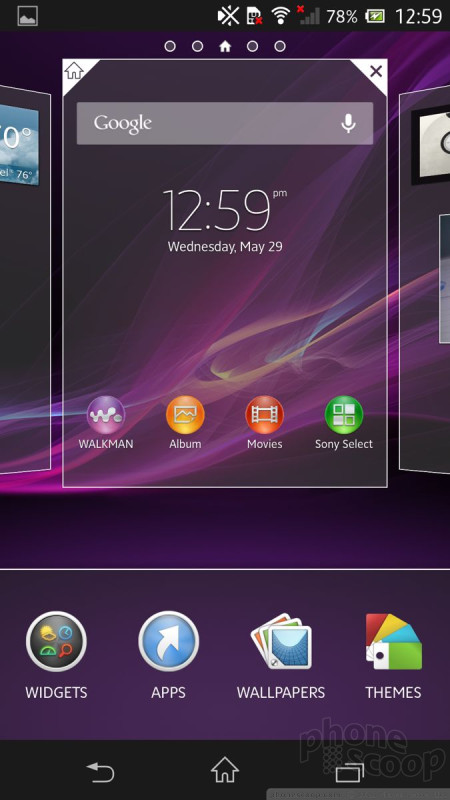




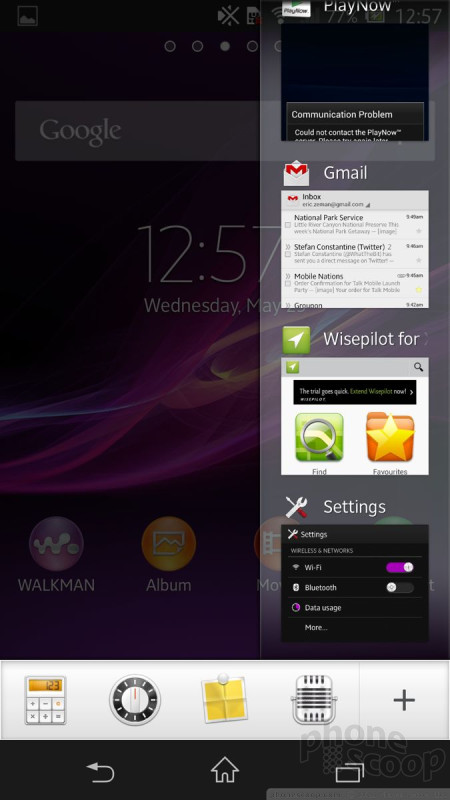


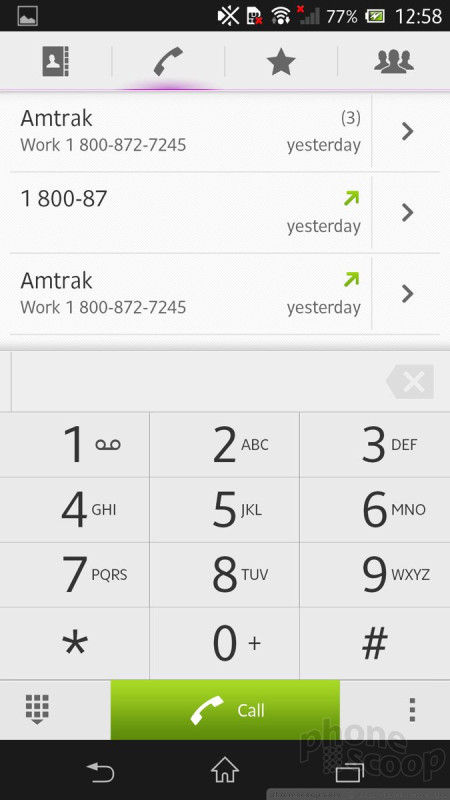



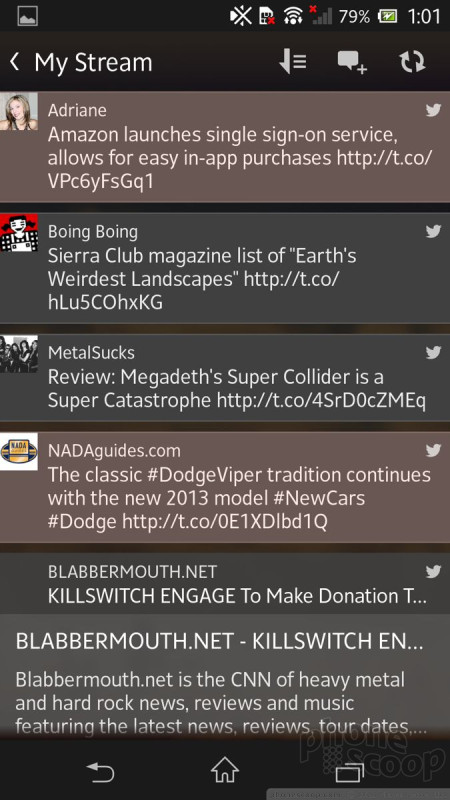






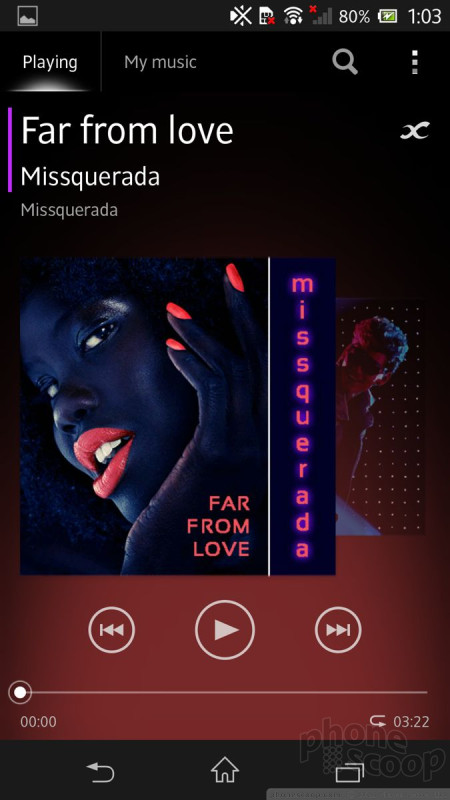






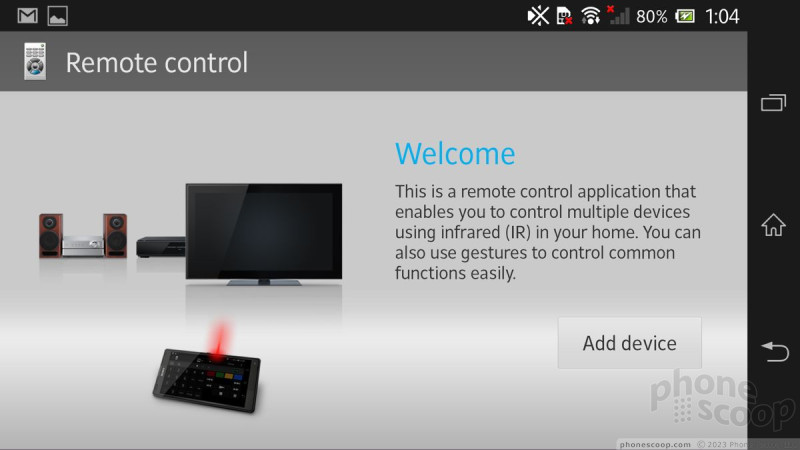




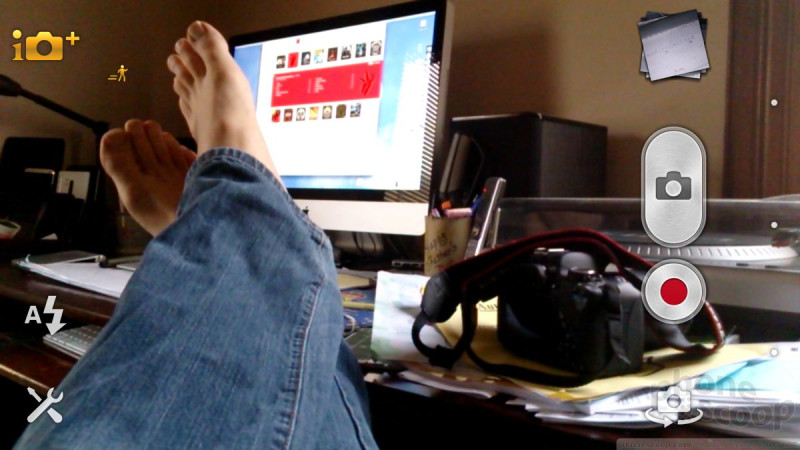




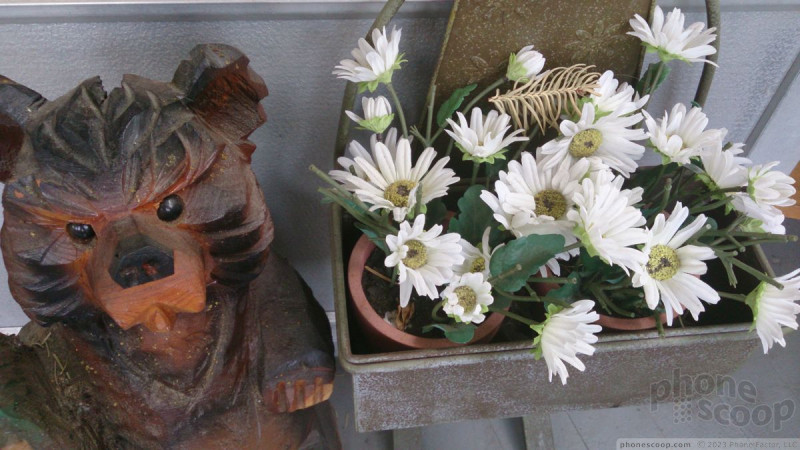















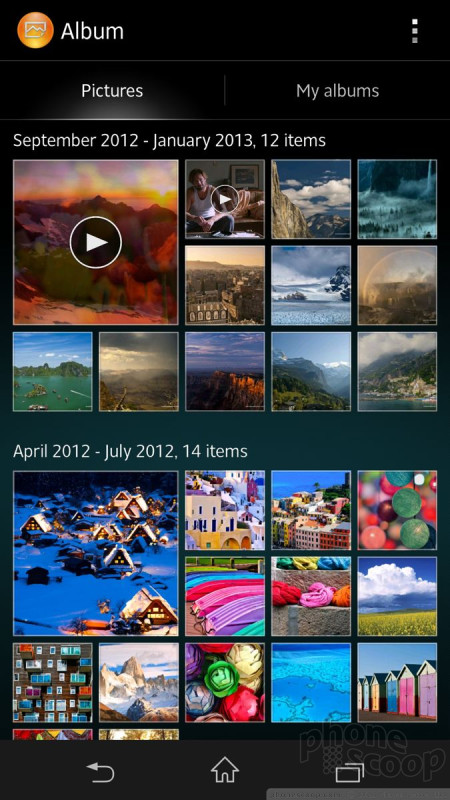






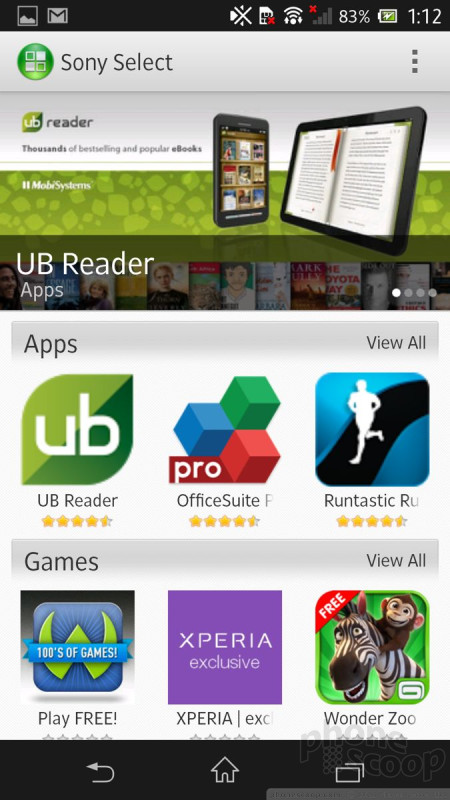



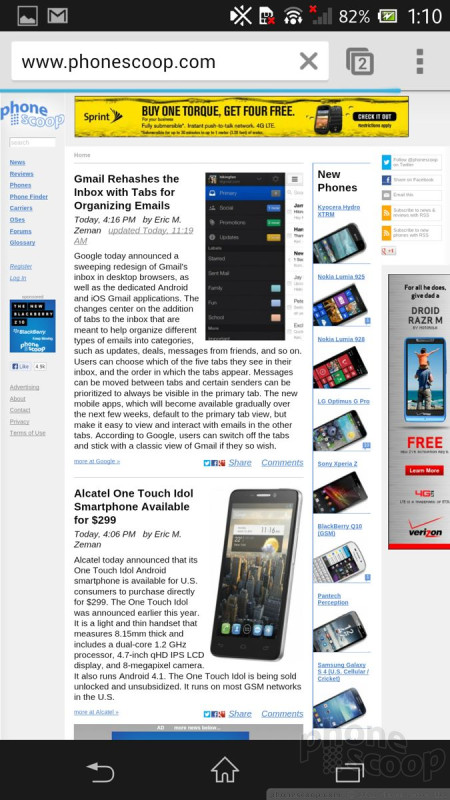




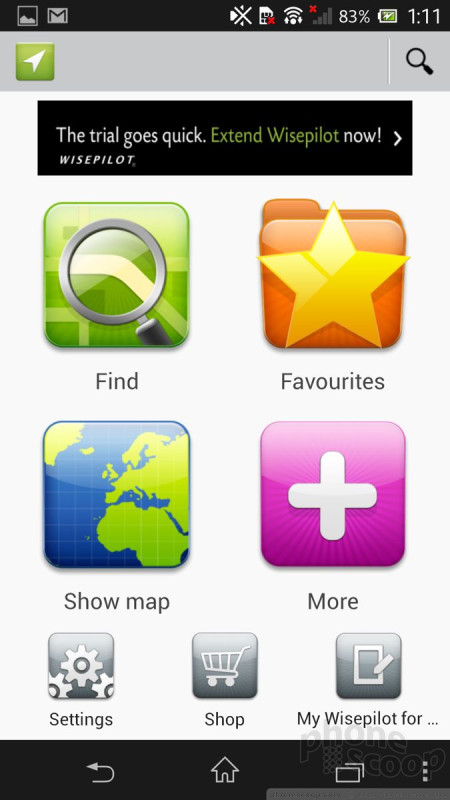






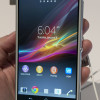 Hands On with the Sony Xperia Z and ZL
Hands On with the Sony Xperia Z and ZL
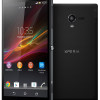 Sony to Sell Xperia ZL Directly to U.S. Consumers
Sony to Sell Xperia ZL Directly to U.S. Consumers
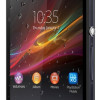 Sony's Xperia Z Features 5-Inch 1080p HD Display
Sony's Xperia Z Features 5-Inch 1080p HD Display
 Sony Xperia ZL
Sony Xperia ZL





